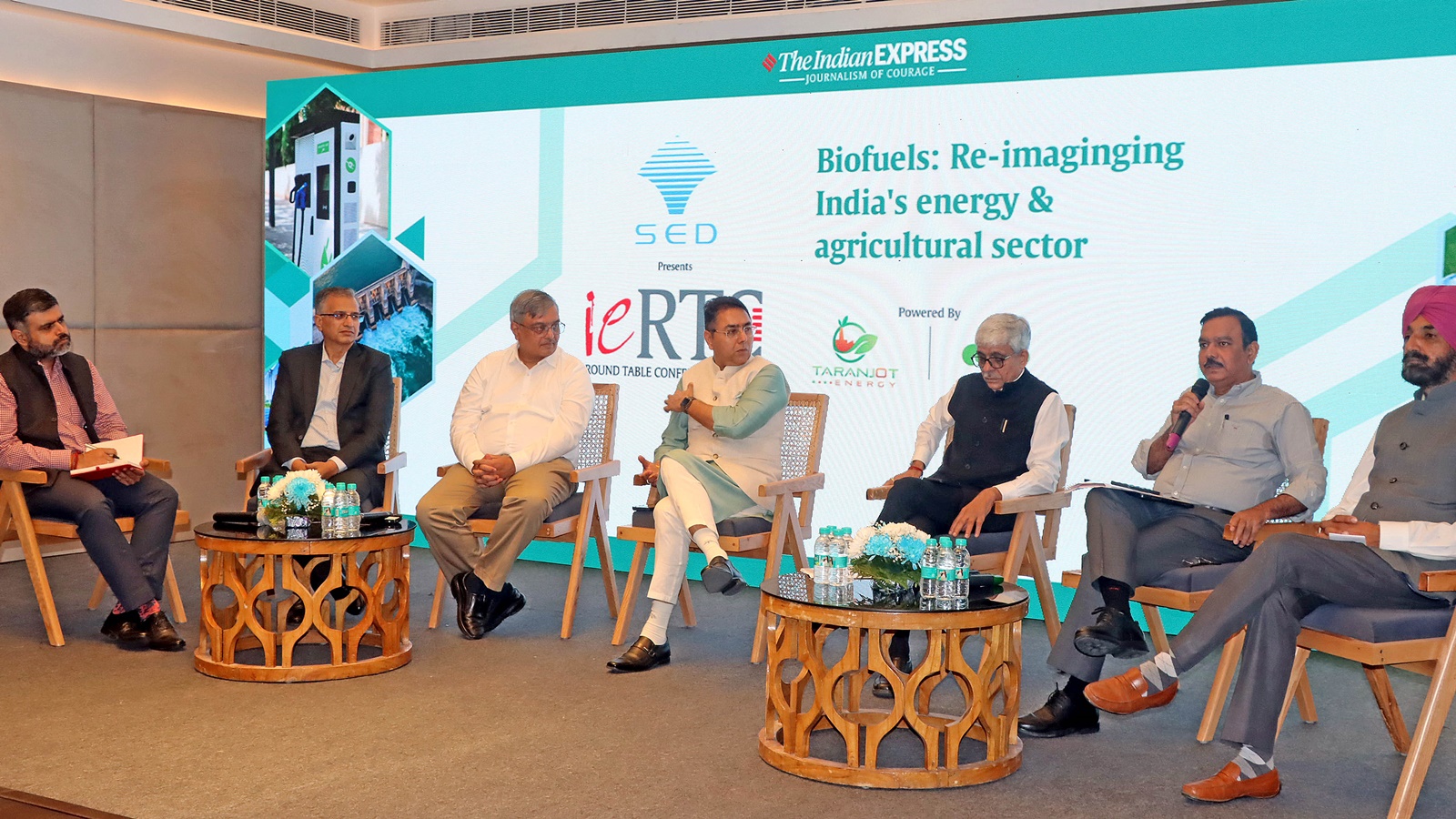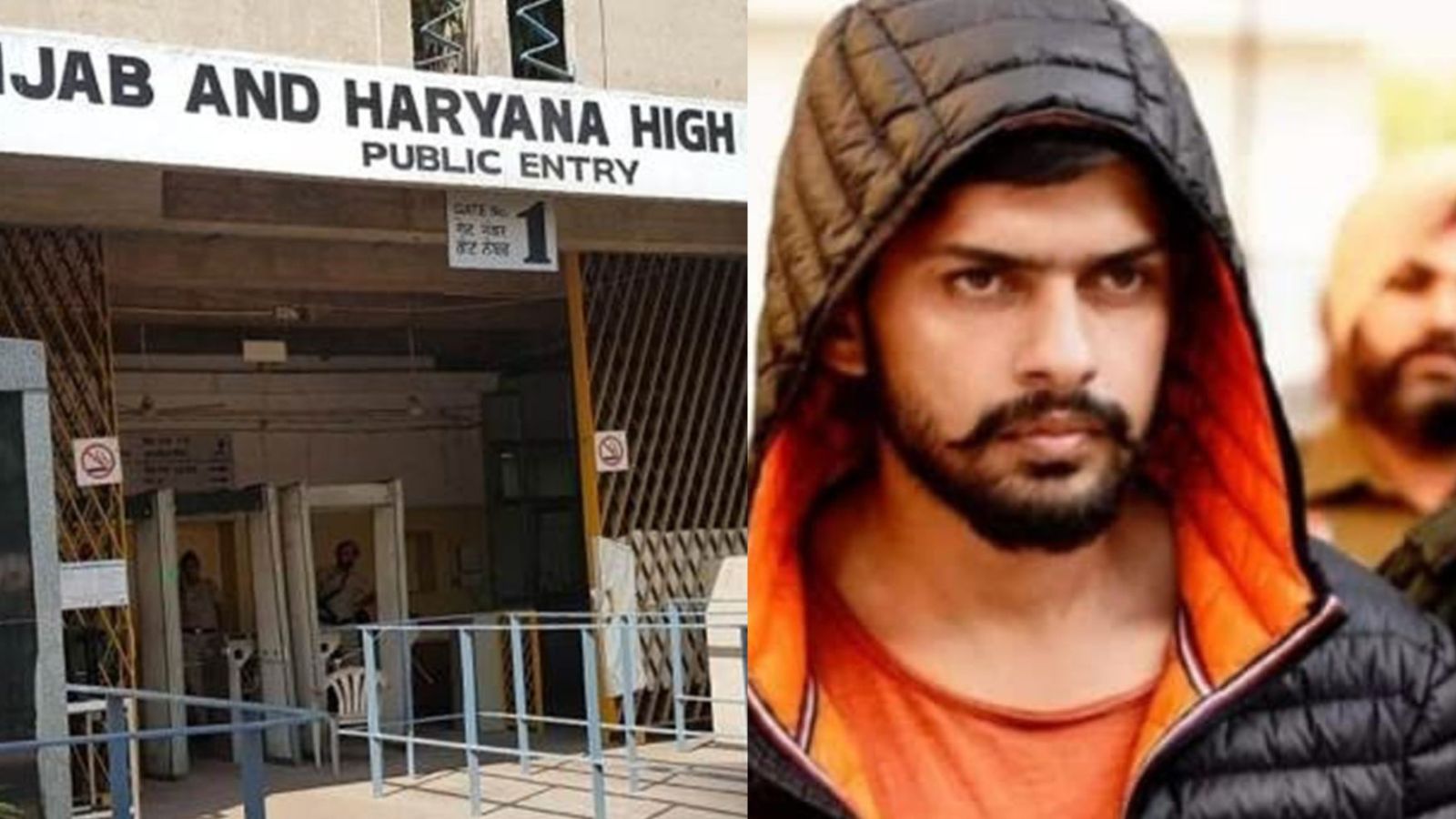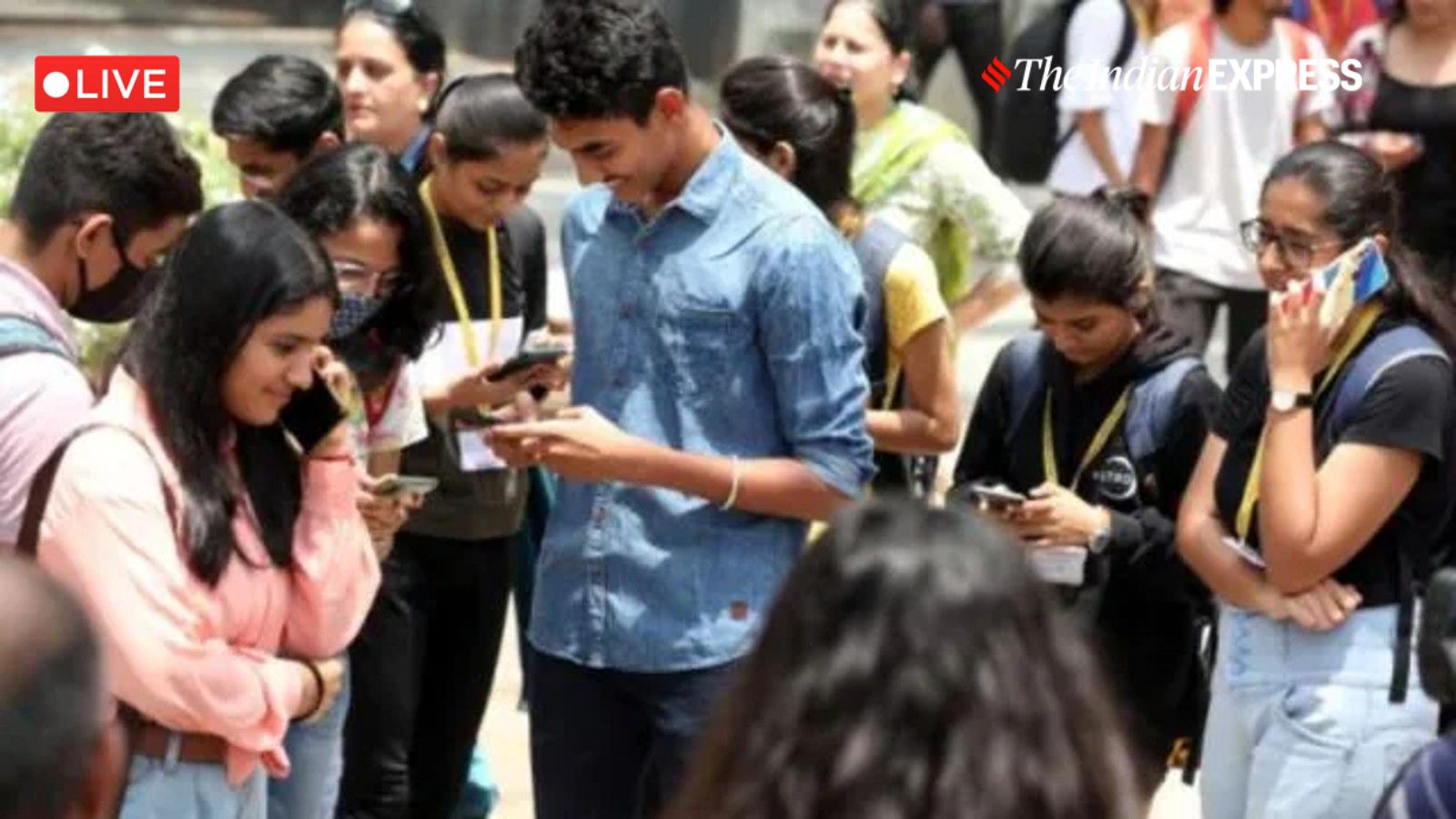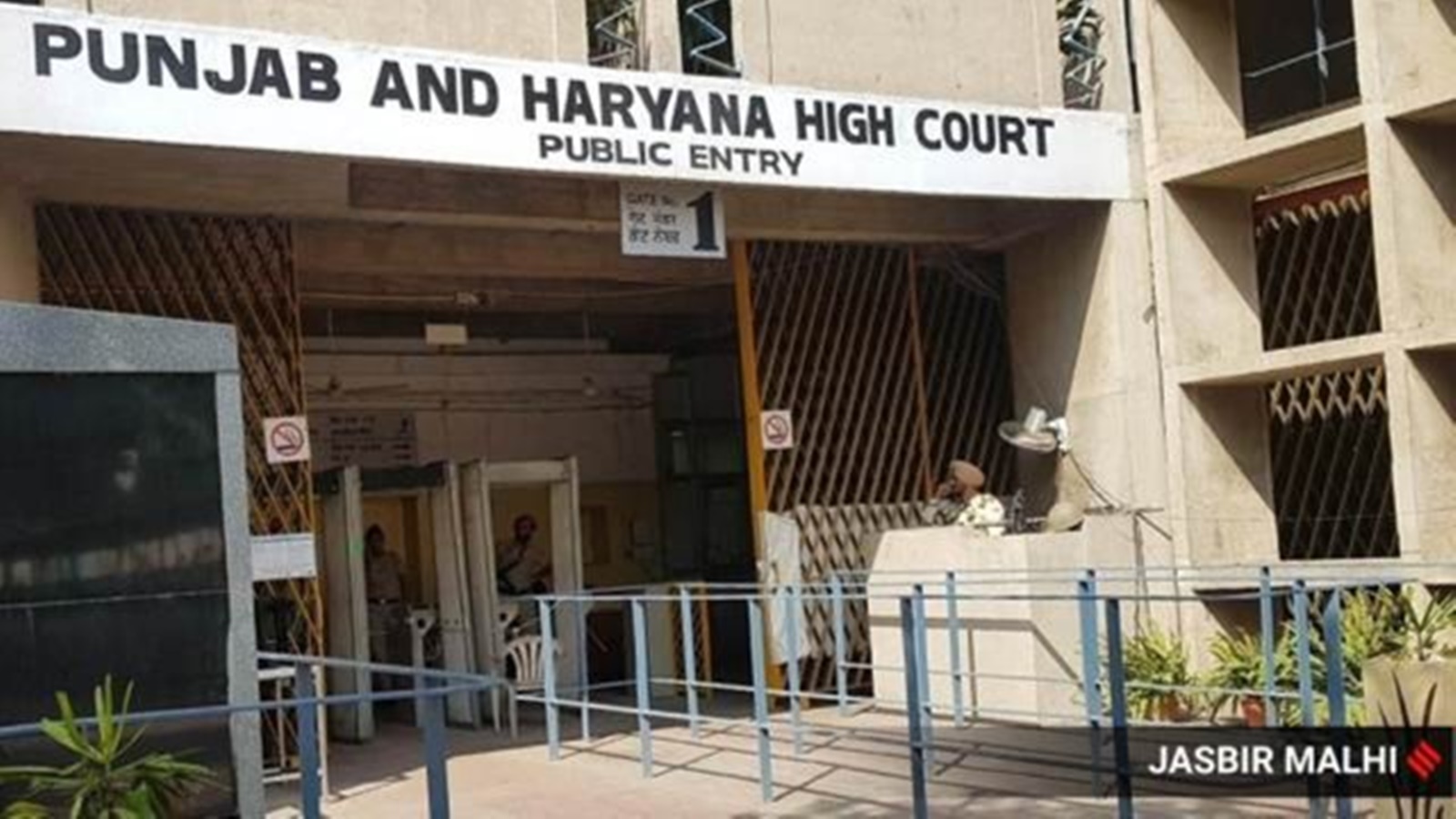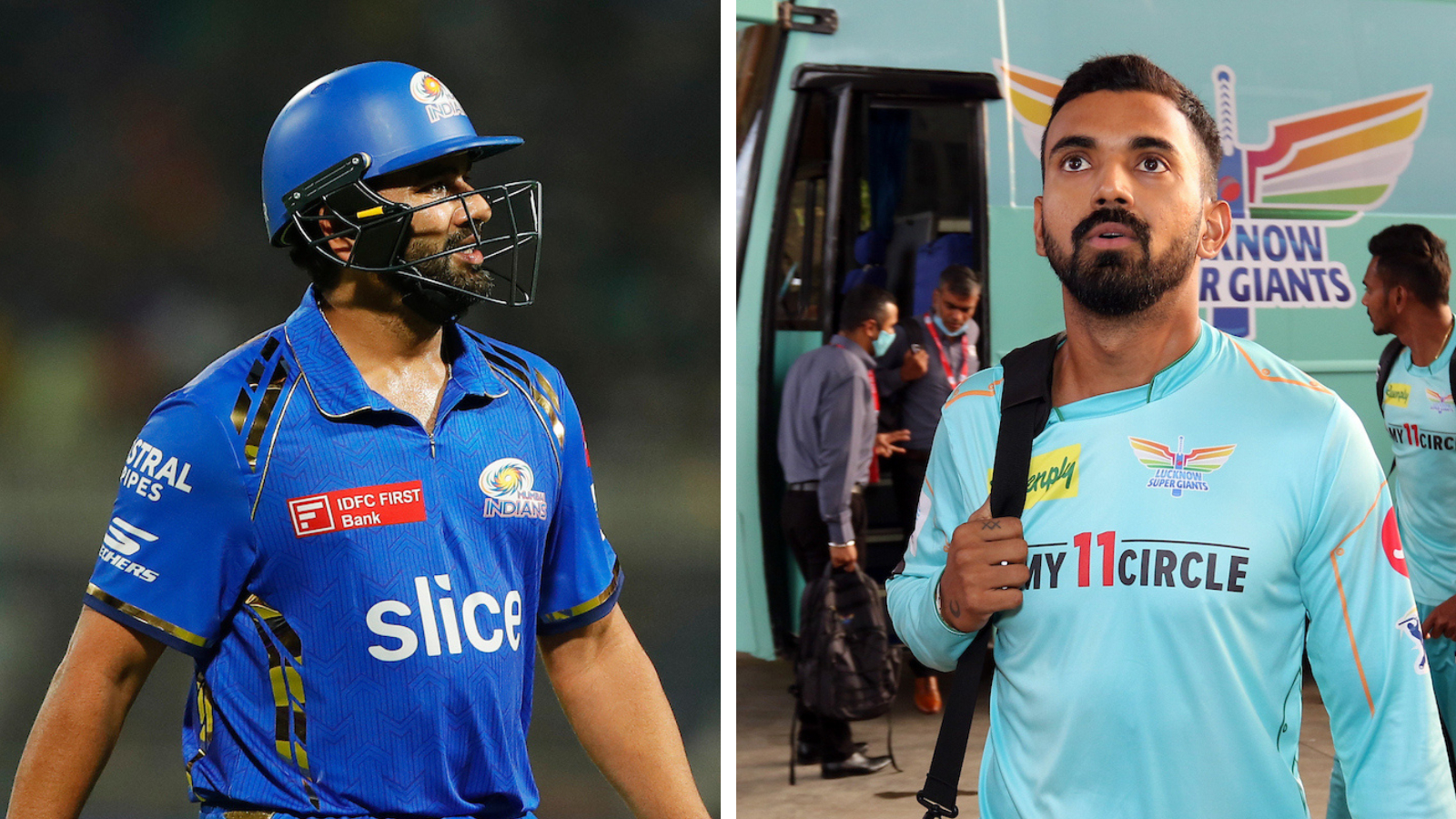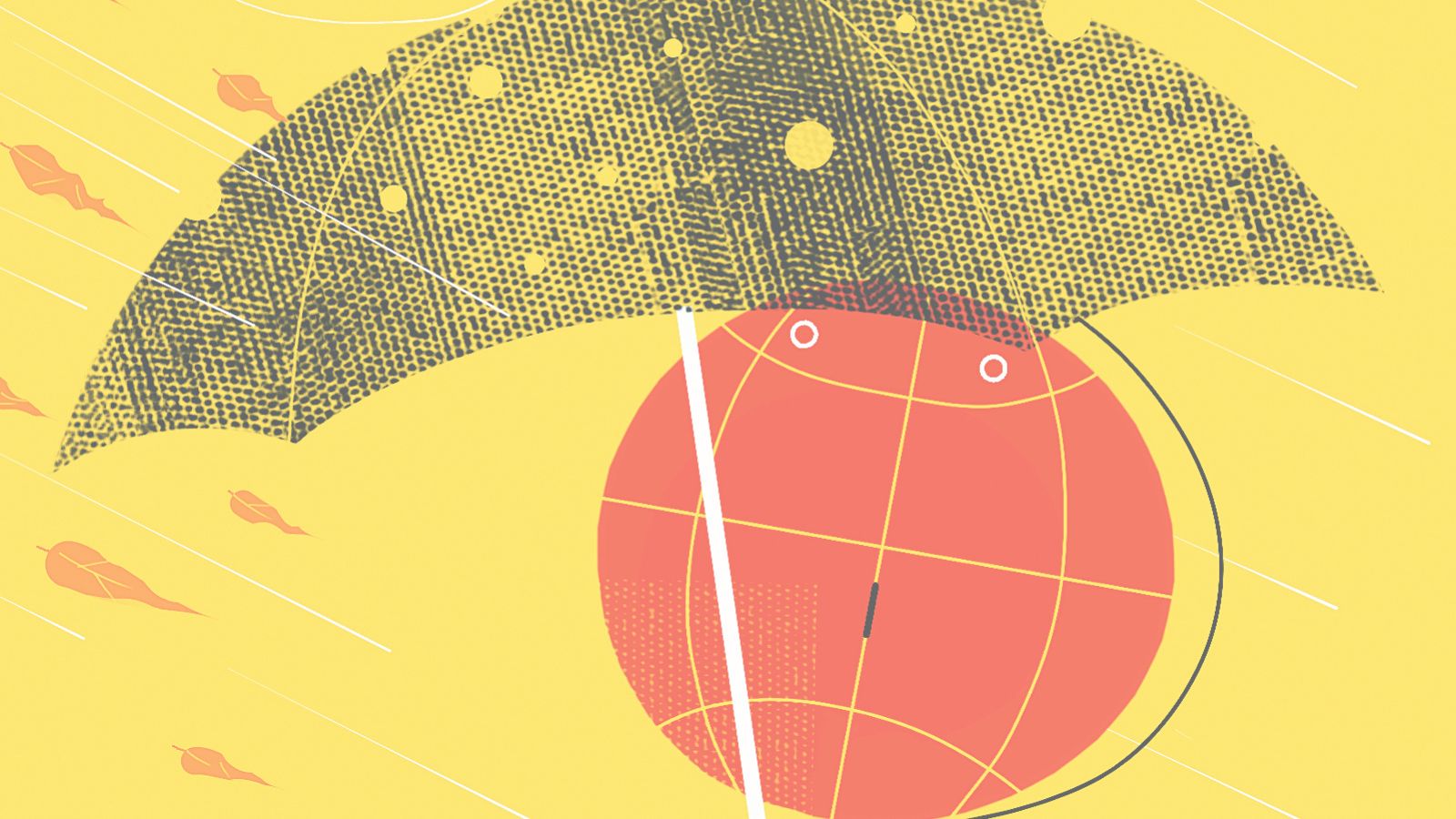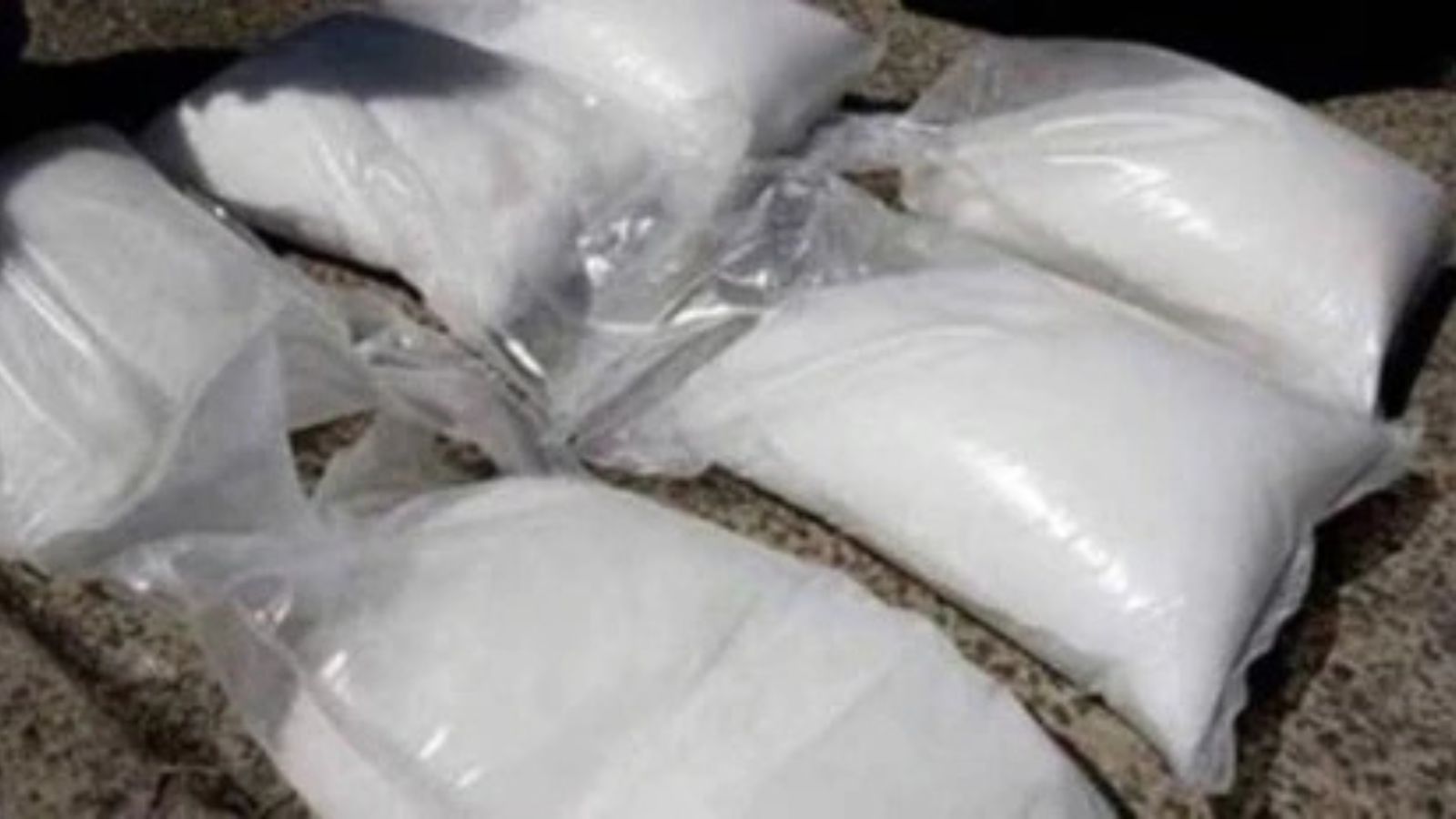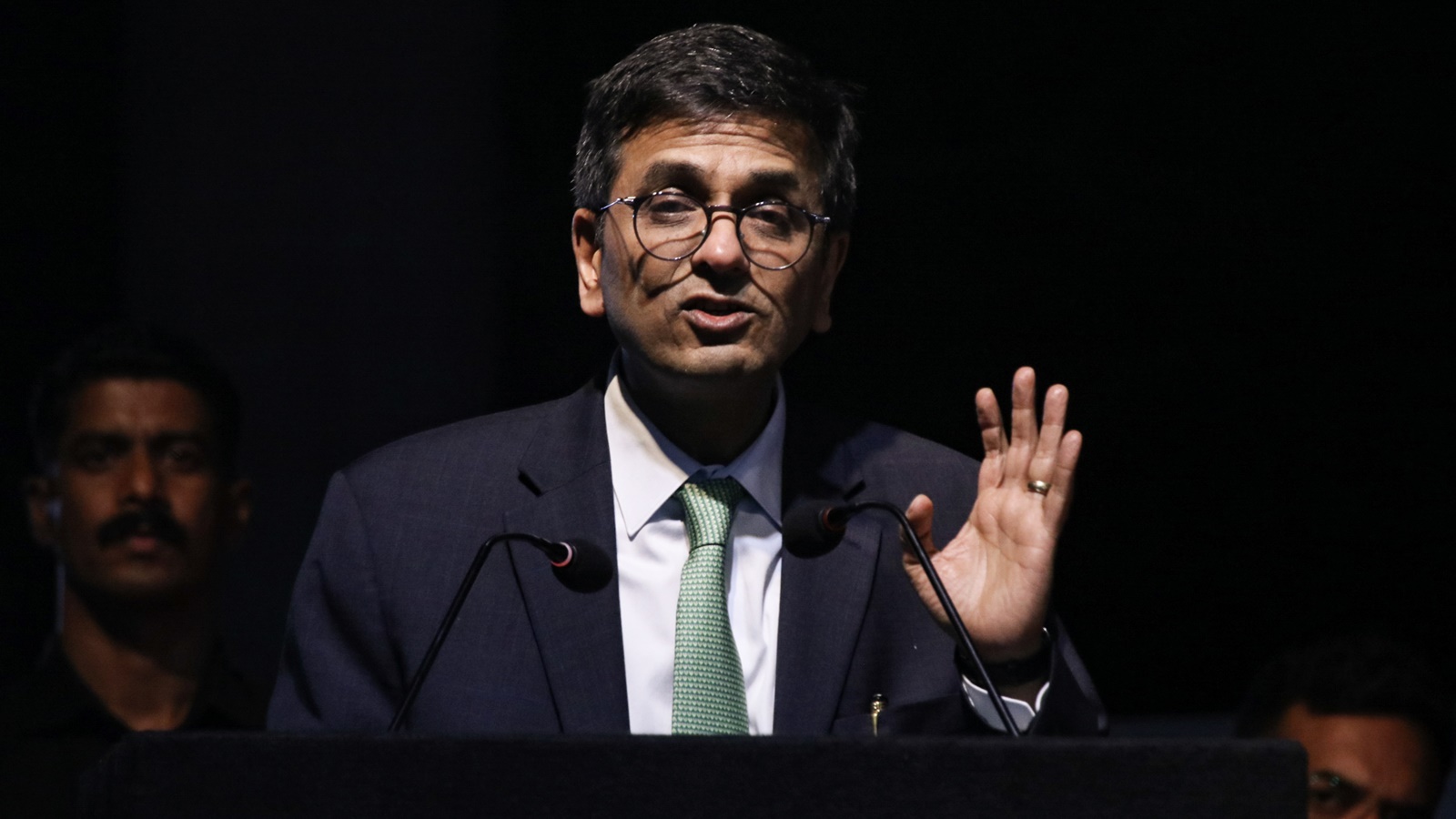After recording over 100 mm of rain for three consecutive days, Mumbai woke up to yet another day of incessant downpour on Sunday morning with the intensity of showers gathering pace with every passing hour. In what triggered waterlogging and traffic diversions, several pockets of the city received over 200 mm rainfall between Sunday and Monday morning. The city has now clocked in over 70 per cent of its annual rainfall quota in less than two months since the onset of monsoon. Data furnished by the India Meteorological Department (IMD) showed that between Saturday and Sunday morning, its Santacruz station registered 93 mm of rain even as the Colaba coastal observatory only recorded 22 mm of rain. As the day progressed, the rain intensified in Mumbai and its neighbouring districts with several pockets receiving over 140 mm rain in just seven hours. According to the automatic weather station of the Brihanmumbai Municipal Corporation (BMC), between Sunday and Monday morning, several pockets of the city received over 200 mm rain with the maximum rain recorded in in Trombay (241 mm), followed by Wadala (223 mm), Ghatkopar (215 mm), Worli (204 mm), Sewri (203 mm), BKC (199 mm). The torrential rain triggered waterlogging in several areas such as Dadar, Andheri, Bandra, Juhu Koliwada, Wadala, Chembur etc, with motorists and pedestrians wading through ankle-deep waters, while in Navi Mumbai’s Sanpada, the water level was knee-deep. The waterlogging resulted in traffic snarls in several areas such as Andheri, where the subway was shut. The BEST diverted traffic along six routes on Sunday while the Mumbai police issued advisories to citizens urging them to avoid coastal areas. Khar subway was also shut for operations due to water accumulation while the civic body deployed water pumps near the subways at Malad, Dahisar, Mankhurd, Khar and Poisar to prevent road closures in other low-lying areas. With heavy rainfall battering the city over the past two weeks, Mumbai has recorded over 70 per cent of its annual rainfall average in less than two months. Since the onset of monsoon in June, Mumbai’s Santacruz observatory recorded 1,579 mm rain until Sunday morning, while it received 141 mm rain between 8.30 am and 5.30 pm on Sunday. Collectively, the station received 1,720 mm rain so far, which is nearly 74 percent of its annual rainfall average of 2,318 mm rain. Mumbai’s suburbs usually receive an average of 2,318 mm rain over four monsoon months, of which the maximum showers are recorded in July. The Colaba station received 1,591 mm rain until Sunday evening—1,084 mm of it in July alone, accounting for 76 percent of its annual average rainfall of 2,095 mm. With both the recording stations having already surpassed the 1000-mm rainfall mark in July, Mumbai has checked into a surplus this month as the Santacruz station records 855.7 mm and the Colaba observatory 754 mm rain on an average in July. According to the IMD, the city is in for a rainy week in the upcoming days with a yellow alert issued for Mumbai for the period from Monday to Wednesday. Mumbai and Thane are likely to witness heavy rain in isolated pockets over the next few days, the weather department said, while in Raigad the IMD has issued an orange alert (heavy to very heavy rain) until Tuesday. Sunil Kamble, director of IMD Mumbai, told The Indian Express that the region is receiving good showers due to a combination of active weather systems. “Currently, there is an off shore trough as well as a low pressure area near the Bay of Bengal. Besides this, there is also a sheer zone present and these two-three weather systems together are bringing in good rainfall for the entire region. As of Sunday, Mumbai has received an excess by over 300 mm and the rains are not patchy, resulting in good rainfall even over the lake catchment areas,” added Kamble. After Wednesday, the showers are slated to subside amid the weather bureau forecasting “moderate rainfall” for Thursday, for which no warnings have been issued. Mumbai’s lakes have been replenishing over the past few days with the total stock in the seven lakes catering to the city’s water demands touching 43.41 per cent — amounting to 6.28 lakh million litres — on Sunday morning. This is marginally higher than last year, when the stock remained at 42.75 per cent on the same day. In 2022, meanwhile, the lake levels had soared to nearly 89 per cent during the same period. However, senior officials maintained that the 10 per cent water cut imposed in the city in May will not be lifted in the coming days as the lakes have still not crossed half of its total capacity. The seven lakes, when filled to the brim, have a storage capacity of 14.47 lakh million litres. The Tulsi lake, which is the smallest of the seven, started overflowing on Saturday morning. When 100 percent full, the lake has a total live storage capacity of 8,046 million litres, and it provides 18 million litres of water to Mumbai per day. None
Popular Tags:
Share This Post:
SC to rule on legality of Citizenship Act provision in Assam
- by Sarkai Info
- October 17, 2024

What’s New
Spotlight
Today’s Hot
The spread of sex selection in India: Not just the foreign hand
- By Sarkai Info
- October 17, 2024
Featured News
Is overusing painkillers harming your stomach and kidney?
- By Sarkai Info
- October 17, 2024
Why climate change is a national security issue
- By Sarkai Info
- October 17, 2024
Latest From This Week
Vasan Bala’s unabashed cinephilia nearly salvages a lacklustre Jigra
ARTICLE
- by Sarkai Info
- October 17, 2024
Subscribe To Our Newsletter
No spam, notifications only about new products, updates.



